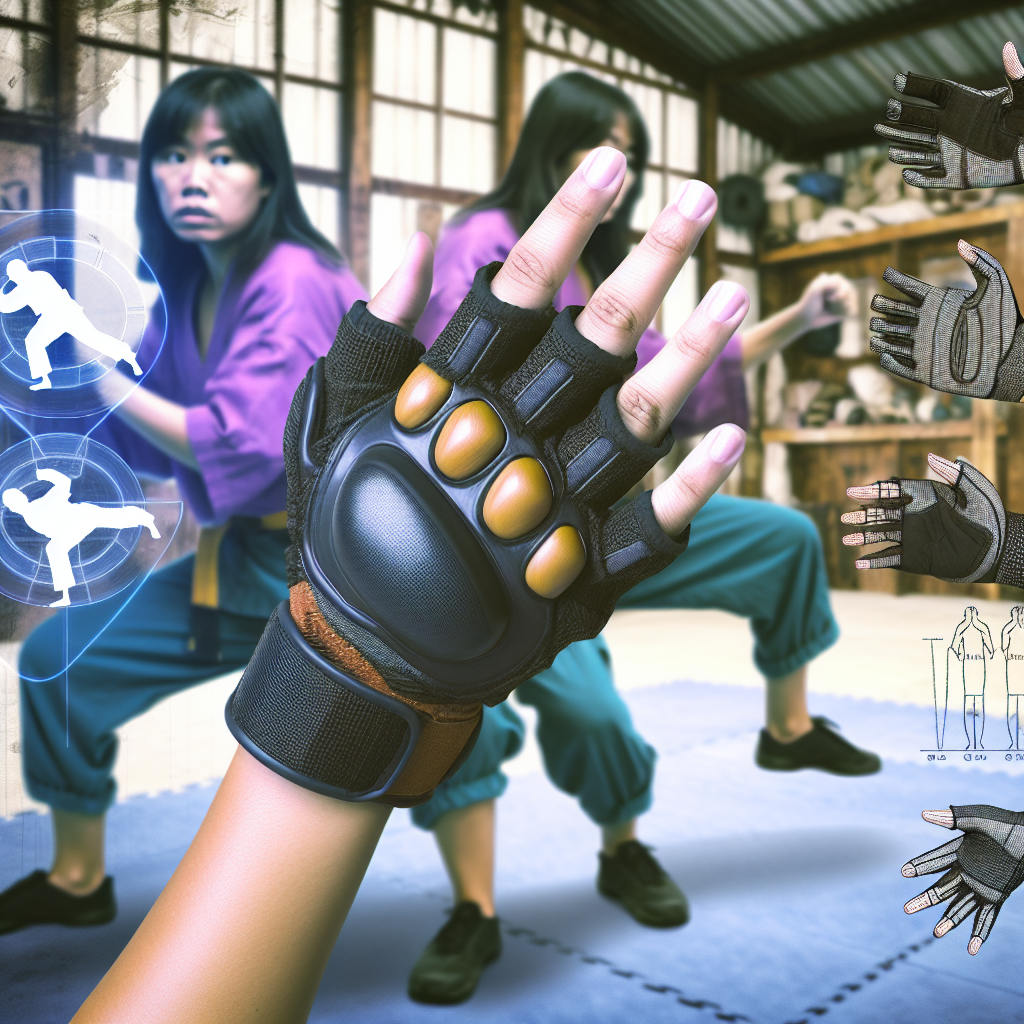How to Use Tactical Gloves for Self-Defense

In today’s unpredictable world, personal safety has become a paramount concern for many individuals. Whether you are a law enforcement officer, security personnel, or simply someone looking to enhance your self-defense capabilities, tactical gloves can be a valuable addition to your defensive toolkit. Designed for durability, protection, and enhanced grip, tactical gloves not only safeguard your hands but also improve your effectiveness in confrontational situations.
This article explores how to use tactical gloves for self-defense effectively, providing insights into their features, practical applications, and real-world examples that demonstrate their value.
Understanding Tactical Gloves: Features and Benefits
Tactical gloves are specialized handwear designed primarily for military, law enforcement, and security professionals. However, their benefits extend to civilians interested in personal protection and self-defense.
Some of the key features that distinguish tactical gloves from regular gloves include:
- Reinforced Knuckles: Many tactical gloves have hard or padded knuckle guards made from materials like carbon fiber or thermoplastic rubber (TPR). These provide added protection during punches or strikes and can increase the impact force safely.
- Enhanced Grip: The palms often feature textured or rubberized surfaces to improve grip on weapons or objects, which is crucial during physical confrontations.
- Durability: Made from tough materials such as Kevlar, leather, or synthetic blends, these gloves resist cuts, abrasions, and punctures.
- Flexibility and Dexterity: Unlike heavy work gloves, tactical gloves are designed to maintain finger mobility so that users can operate weapons, tools, or perform fine motor tasks without removing them.
- Impact Resistance: Beyond knuckles, some models incorporate padding over the fingers and back of the hand to absorb shocks and blunt force trauma.
The combination of these features makes tactical gloves an effective tool not just for protection but also as an offensive aid in self-defense scenarios.
The Role of Tactical Gloves in Self-Defense
Tactical gloves serve multiple roles when used for self-defense. They protect your hands from injury while enhancing your ability to defend yourself effectively. Here are some ways they contribute:
- Protection Against Injury: Hands are vulnerable during physical altercations. Cuts from broken glass, abrasions from rough surfaces, or fractures from striking hard objects can incapacitate you. Tactical gloves mitigate these risks.
- Improved Striking Power: The reinforced knuckles act like built-in brass knuckles without the legal complications of carrying a separate weapon. This allows for more forceful punches with reduced risk of injuring your own hand.
- Better Weapon Handling: If you carry non-lethal weapons such as pepper spray or a baton, tactical gloves improve your grip and control under stress.
- Confidence Boost: Wearing tactical gloves can psychologically prepare you for confrontation by making you feel more equipped and ready to defend yourself.
A study published by the National Institute of Justice found that protective gear significantly reduces injury severity in assault cases involving law enforcement officers. While this study focused on professional use, the principles apply equally to civilian self-defense situations where hand injuries are common.
Choosing the Right Tactical Gloves for Self-Defense
Selecting appropriate tactical gloves is crucial because not all models suit every user or situation. Here are some important considerations when choosing tactical gloves for self-defense purposes:
- Material Quality: Look for durable materials like Kevlar or high-grade leather combined with synthetic fabrics that offer abrasion resistance without sacrificing flexibility.
- Knuckle Protection Type: Decide between hard knuckle guards (carbon fiber/TPR) or padded knuckles based on your comfort level and intended use. Hard knuckles offer better impact but may be less comfortable over long periods.
- Fit and Dexterity: Gloves should fit snugly but not restrict movement. Try on different sizes to ensure you can move fingers freely without excess bulk.
- Palm Grip Pattern: A textured palm helps maintain control of weapons or objects during high-stress situations where sweat might reduce friction.
- Cuff Style: Choose between short cuff styles for easy removal or extended cuffs that provide wrist protection depending on your preference and activity type.
A well-chosen pair of tactical gloves will balance protection with mobility so that you remain agile while minimizing risk of injury during defense maneuvers.
Techniques for Using Tactical Gloves Effectively in Self-Defense
Mere possession of tactical gloves does not guarantee improved defense; proper usage techniques are essential to maximize their benefits. Here are some practical tactics to consider when using tactical gloves in self-defense situations:
Punching with Reinforced Knuckles
The reinforced knuckles on tactical gloves allow you to throw punches that deliver greater force without injuring your hand. To optimize this:
- Punch with a closed fist ensuring the knuckle guard makes contact first rather than soft parts of your fingers or palm.
- Aim strikes at vulnerable areas such as the nose bridge, jawline, or ribs where impact is most effective.








